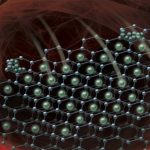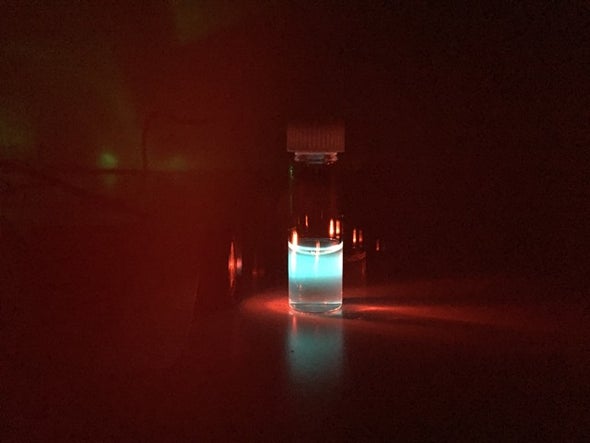The superhuman abilities that appear in science fiction movies may soon become a reality, after a team of US researchers helped a group of experimental mice to see nearby infrared light using nanometer particles. In the future, the development of this technology is expected to enable people to see at night as if they have miraculous eyes.
“When we look at the universe, we only see visible light,” says Zhang Han, the project’s principal researcher, whose results were presented at the American Society of Chemistry conference in late August. Whose wavelength ranges from 400 to 700 nanometers, but if we can see the infrared light with the longest wavelength (between 750 nanometers to 1.4 micrometers), we will see the universe differently, and see at night without the need for massive devices.
“Thermal imaging cameras allow people to see in the dark by detecting near-infrared rays from living things and objects.
Researchers at the Massachusetts School of Medicine have injected nanoparticles containing rare earth elements such as Erbium and Yetterbium, turning photons from low-energy infrared rays into a powerful green light that mammals can see. These molecules were directed to the retinal light receptors in the eyes of mice.
To find out if the mice in the experiment were seeing and interpreting mentally infrared light, the researchers conducted several psychological and behavioral tests. For example, the mice were placed in a Y-shaped aquarium, and on one end they placed a platform on which the mice could climb to escape the water.
The researchers trained mice to swim toward visible light in the form of a triangle (escape route). A luminous circle was placed in the branch of the water basin, which had no escape platform, and the researchers replaced infrared light with visible light.
“The mice whose eyes were injected with nanoparticles were able to see the triangle clearly, and swim to it every time. The remaining mice couldn’t tell the difference between the shape of the triangle and the circle,” says Han.
“Although these nanoparticles lasted in the eyes of the mice for ten weeks without significant side effects, we are seeking to develop the safety and sensitivity of these molecules before testing them in human eyes, we still need,” Han said. To improve the illumination of these molecules before using them for humans. “
The research team is currently trying to experiment with molecules made of two organic dyes instead of terrestrial elements, so that they can emit a green or light blue light. Organic dyes will not face regulatory hurdles; they have already been used in clinical trials and have more established criteria. The technique is expected to be tested on dogs in the near future.
“Beyond the idea of miraculous abilities, this technique may have important medical applications in treating certain retinal eye diseases, such as dry macular degeneration , a common eye disorder among adults over 50,” says Han. It causes blurry vision or reduced central vision due to the thinness of the thickness of the macula in the retina, which is responsible for blurred vision in a straight line of sight. These nanoparticles also offer great potential in the fields of bio-imaging and exploration sensors.




